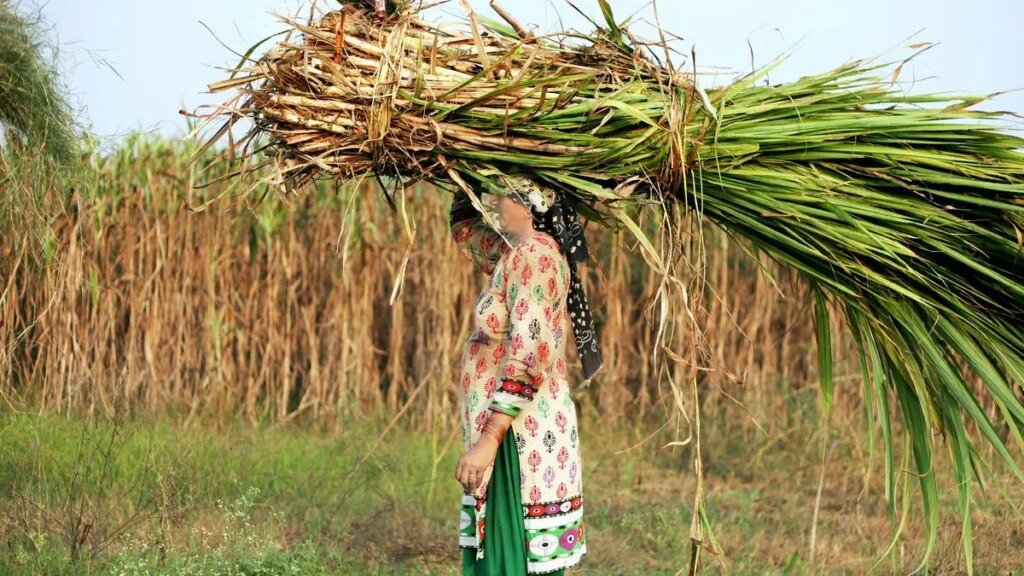Listicle: 10 unusual materials that have found their way into art
Coffee. For contemporary artists, using coffee as a medium – the drip, the beans, the grounds – is a way of incorporating sustainability in art practices. As a paint, it’s somewhere between watercolour and oil. As a texture, it’s a visual crunch that few other materials deliver. Giulia Bernardelli, Maria Aristidou, Ilona Zabolotna, Ekene Ngige, Jane Noronha, Ghidaq Al-Nizar have all used coffee to make art. In every case, they make viewers think differently about the beverage.

Nanotech particles. How black is Vantablack, the world’s blackest black? Dark enough that it absorbs 99.9% of light itself. Dark enough that a sphere looks like a circle, that objects look like they don’t have any depth. It’s not paint, it’s a layer of carbon nanotubes. And UK-based artist Anish Kapoor bought the exclusive rights to use it in art in 2016. How that’s for looking into the void?

Piles of candy. In 1991, Cuban-American artist Felix Gonsalez-Torres memorialised his AIDS-affected partner Ross Laycock in an unusual but fitting way. He piled up 175 pounds – Laycock’s body weight – of colourful sweets at a gallery, asking viewers to take a piece. The shrinking pile represented his slow collapse and death. Each refresh pile created a new installation, marking memory, perpetuity, continuity of life all at once.

Computer parts. To us, it’s digital trash. To French artist Olivier Lannaud, old keyboards, cables and jacks are the bits and bobs that ultimately create portraits of Psyche, Medusa and Mélos. It’s more than clever decoration. Black, white and grey keys create depth within the familiar. The works make you think of the old and the new, mythology and technology. And the unexpected value of an obsolete device.

Jute yarn. Indian artist Manish Nai comes from a family of jute traders. His early works honoured his heritage by weaving the fibrous cloth into complex geometric forms. The intricate weaves acknowledge how the fibres fray and fade over time. Some works use recycled jute and take viewers on a tour of Mumbai. Look at jute as not just cheap packing material. Its twists and turns capture the inner chaos and contrasts of city life.

Steel vessels. Most artworks need some explanation for the message to land. But Subodh Gupta’s gigantic sculptures – skulls, mushroom clouds, huts – awe even those who’ve never viewed art seriously. His medium: Stainless steel buckets, pans, tiffin boxes, drying racks, spatulas, ladles and other household items. Look closer to for commentary on consumption, modernity, tradition, displacement, migration, home and memory. Step back to just take in the view.

Bindis. To most Indian women, the bindi is an essential component of shringar. To Bharti Kher, the little dot is both a world in itself, and a starting point for something bigger. Kher covers her paintings, sculptures and fibreglass installations in thousands of colourful dots, moving past their religious and social symbolism. She’s covered figures of elephants and whales in the medium, changing notions of India and beauty along the way.

Creepy crawlies. Damien Hirst arranged butterflies and moths to create kaleidoscopic stained-glass-like visuals. In Jennifer Angus’s intricate installations, thousands of butterflies, grasshoppers, weevils and beetles mimic the look of colourful wallpaper and textiles. Christopher Marley and John Hampton have used preserved insects to create detailed symmetry and mosaics. Yukinori Yanagi’s installations feature live ant colonies, while Jan Fabre’s installations use beetle parts to explore ideas of memory and immortality.

Blood. To be fair, blood has been as artist’s medium since prehistoric times. But modern artists have attempted to find new ways to use it. Vincent Castiglia, Marc Quinn, Elito Circa and Sangamesh Bagli have dipped paintbrushes into their own blood. Jen Lewis, Portia Munson and Yapci Ramos have specifically used menstrual blood to highlight ideas of womanhood, waste and renewal. Blood congeals as it dries, artists must work quickly, making the medium particularly tricky to get right.

Chocolate. It’s sweet, sticky and melty. It will attract ants. And yet Vik Muniz has created detailed portraits using commercial chocolate syrup, Janice Wong has fashioned entire chocolate walls, Janine Antoni sculpted seven chocolate busts of her own body by licking them in her Lick and Lather series. Sravani Panchavati’s chocolate-infused paintings are sugar-free. Anya Gallaccio’s farm building is covered in the treat. Edward Ruscha’s melting, dripping Chocolate Room (1970) points to transience, indulgence, decadence and change.
From HT Brunch, October 11, 2025
Follow us on www.instagram.com/htbrunch



